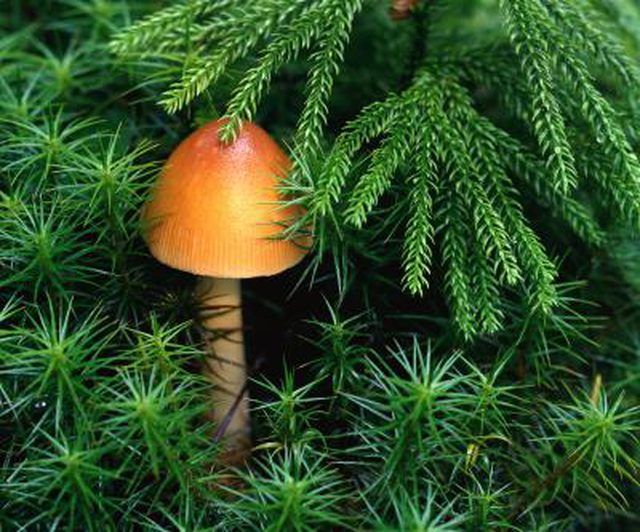Bulbs
Flower Basics
Flower Beds & Specialty Gardens
Flower Garden
Garden Furniture
Garden Gnomes
Garden Seeds
Garden Sheds
Garden Statues
Garden Tools & Supplies
Gardening Basics
Green & Organic
Groundcovers & Vines
Growing Annuals
Growing Basil
Growing Beans
Growing Berries
Growing Blueberries
Growing Cactus
Growing Corn
Growing Cotton
Growing Edibles
Growing Flowers
Growing Garlic
Growing Grapes
Growing Grass
Growing Herbs
Growing Jasmine
Growing Mint
Growing Mushrooms
Orchids
Growing Peanuts
Growing Perennials
Growing Plants
Growing Rosemary
Growing Roses
Growing Strawberries
Growing Sunflowers
Growing Thyme
Growing Tomatoes
Growing Tulips
Growing Vegetables
Herb Basics
Herb Garden
Indoor Growing
Landscaping Basics
Landscaping Patios
Landscaping Plants
Landscaping Shrubs
Landscaping Trees
Landscaping Walks & Pathways
Lawn Basics
Lawn Maintenance
Lawn Mowers
Lawn Ornaments
Lawn Planting
Lawn Tools
Outdoor Growing
Overall Landscape Planning
Pests, Weeds & Problems
Plant Basics
Rock Garden
Rose Garden
Shrubs
Soil
Specialty Gardens
Trees
Vegetable Garden
Yard Maintenance
How to Make a Toadstool for an Enchanted Garden
How to Make a Toadstool for an Enchanted Garden. A toadstool is a mushroom, often poisonous and colorful, that has a classic caplike head on a stem. Images from classic stories such as "Alice in Wonderland" or "Thumbelina" involve toadstools, and when encountered in a garden, bring a sense of whimsy and enchantment. Rather than...

A toadstool is a mushroom, often poisonous and colorful, that has a classic caplike head on a stem. Images from classic stories such as "Alice in Wonderland" or "Thumbelina" involve toadstools, and when encountered in a garden, bring a sense of whimsy and enchantment. Rather than hoping a living toadstool randomly grows, you can create any size concrete toadstool as a garden decoration. Paint the toadstool, especially with a colorful cap and contrasting spots, to brighten the enchanted garden scene. Decide the size toadstool decoration you want before assembling items for its construction.
Things You'll Need
Cardboard
Utility knife
Duct tape
Latex gloves
Pre-mixed concrete
Mixing trough or bin
Trowel or small shovel
Bowl (mold for toadstool)
Oil-based cooking spray
Construction adhesive (rated to bond concrete)
Bend a rectangular piece of cardboard to create a hollow tube. This tube becomes the form or mold for the stem of the toadstool. Corrugated cardboard, up to 1/4 inch thick, works best, especially if you plan on making a large-size toadstool. Use a utility knife to trim or cut the cardboard to make the desired tube form size.
Tape the cardboard tube with duct tape to create a sturdy form. Place the tape pieces perpendicular to to the seam, with the top and bottom pieces completely encircling the tube's circumference. Avoid parallel tape pieces over the seam, as they aren't strong and will fail later.
Mix a batch of concrete mix in a trough or bucket, following the directions for proportion of mix with water. Wear latex gloves to protect your hands. Add water and slowly but thoroughly mix with a trowel or small shovel. You will want a concrete mortar or "batter" that is evenly moist about the consistency of toothpaste.
Upright the cardboard tube form on a level surface covered with a piece of cardboard or other barrier to prevent the concrete to fuse to the floor/ground surface. Scoop concrete batter into the tube form to fill it up. Work the trowel blade down into the concrete batter as you fill the tube to help spread the batter and eliminate air pockets. Once the form is full, scrap the top with the trowel to create a flat, even surface.
Spray non-stick cooking spray in the inside of a bowl -- plastic or metal -- that is the form for the domed, caplike head of the toadstool. Douse all parts of the inside curved surface, as this allows the dry concrete to slide out of the form later.
Mix additional concrete to provide enough batter to fill the bowl.
Fill the bowl with concrete, gently tamping it down to spread it and remove air pockets. Once the bowl is full, scrape and grade the top to create a smooth, level surface.
Let the cardboard form and bowl mold set for at least 24 hours in a location that is out of sun and wind. Slower-curing concrete is stronger and more durable than concrete that quickly dries in a baking sun or hot room.
Invert the bowl on the ground to release the concrete toadstool head. Tap the inverted bowl several times to help the concrete drop from the bowl mold. Cut off the cardboard form and duct tape from the concrete toadstool stem.
Squeeze several ribbons of heavy-duty construction adhesive atop the concrete toadstool stem. Place the flat side of the concrete toadstool head -- the upside-down bowl -- atop the stem. Let the adhesive thoroughly set and dry before again moving it.
Tips & Warnings
Wider, shallower bowls make better toadstool head molds than thick, deep bowls.
Allow the toadstool to air-dry an additional seven to 14 days before applying any primer and paint. This ensures all moisture from within the concrete has dissipated before applying the primer or paint sealant layer.
Depending on the construction adhesive product, you may need a spring-loaded caulking gun to push out the adhesive from the tipped tube.
Concrete mix is sold in bulk quantities, such as a 50 to 80 pound sack. Use a wheelbarrow or have another person assist you in lifting and moving the sack.
Concrete residue on your skin can be irritating. After mixing and filling the molds, remove the gloves and immediately wash your hands and arms to remove all drying residue to prevent a rash or skin chaffing or cracking.